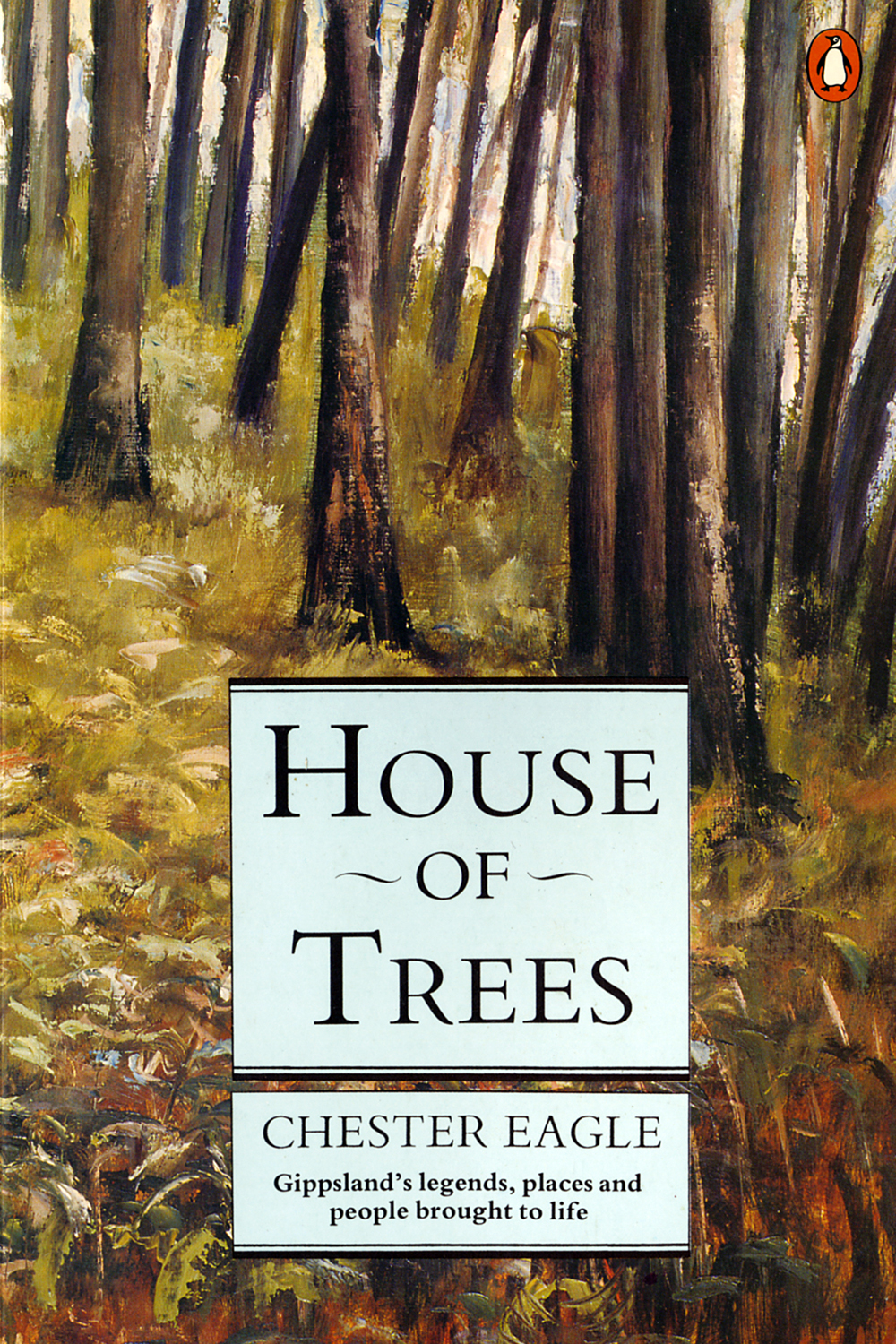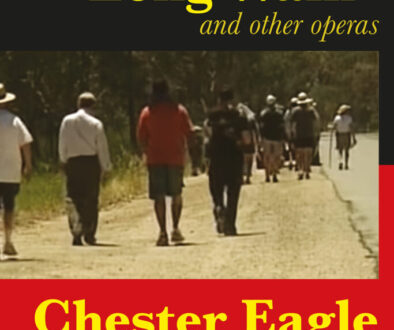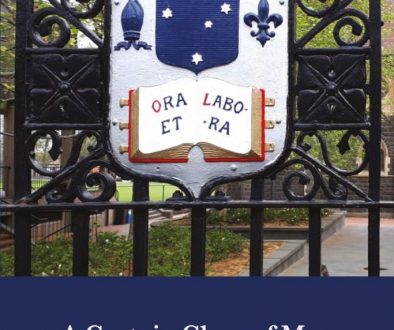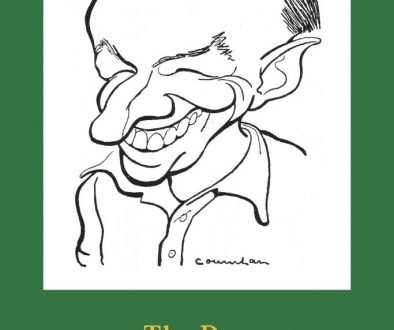House of Trees

‘The bread parcels here have their names also … SOUTHEY … taunting the policeman that night on the Bruthen road when the Aborigine was hit by a car … STRINGER … was going to be married so Collie and his friends gave him a bucks’ party the night before. Well and truly primed, after midnight, they chained an anvil around his leg and Collie solkdered two links together so it wouldn’t come off; they only took it off half an hour before the service … LIND … Sir Albert used to be Minister for Forests, family at Mount Taylor, Hazel Dell and Sunny Dell, Oliver Stanley Theophilus Lind … HILL … pretty blonde Betty singing in The Mikado, married Harvey West, lost him in a car accident at Trafalgar, early morning, big Pontiac, hit a truck …’
Highly acclaimed when it was first published, nearly twenty years ago, this classic account of rural life teems with characters – village identities, men from Snowy River, and the faceless people of history who serve counter lunches, cut tracks through the mountains, fight fires and above all else, tell stories. Hal Porter called Gippsland legend-haunted country; in these pages, Gippsland’s legends, places and people are brought to life.
Reissue of Hail and Farewell!
Written by Chester Eagle
Edited by Bridget Everett
Designed by Diana Gribble
Art from Baldhead Doric by David Armfield
First published 1987 by McPhee Gribble
3,600 copies printed
Circa 104,000 words
Electronic publication by Trojan Press (2006)
The writing of this book:
The writing had been done years before, and the book was out of print. I rang Hilary McPhee and asked if she was interested in doing a reprint. She was. It only took a moment to settle. She said the book should have a new title. I agreed. I think she felt that its previous title had been old-fashioned even in 1971, so it had to be different now. I renamed it House of trees. I have already referred (see notes to the earlier book, Hail & Farewell!) to the fact that I had had to change my account of certain events that had taken place, or so I had been told, in the mountains north of Bairnsdale. Hail & Farewell! had received more reviews, I think, than any book I have published since, but few of these reviews had commented on what I thought was the central story of the whole thing – the tree house of Giles Wainwright, as I called him (see notes on a later book, The Wainwright Operas). I wanted to draw attention to this aspect of the book so I gave it its second name and I asked Diana Gribble to use on the cover a painting by my good friend David Armfield, begun on the road to Mount Baldhead and finished in his Eltham studio. David called it ‘Baldhead Doric’, and he gave me the painting, which was then and is today a matter of great joy to me. I knew I was living in a place where I had access to special knowledge, and I had a feeling, as the Gippsland book was being written, that I was laying the paving-stones of my life. The direct experience was behind me but the working out of the ideas I’d received from the mountains was just getting underway.
It’s strange that when listing my published works I’ve always listed House of trees as well as Hail & Farewell!, as if they had separate lives. The text of the second book is a photocopy and slight photo-reduction of the first. Not a word has been changed, although for a few moments I considered revising before deciding that the older writer was unlikely to improve on the younger man’s work and would probably damage it. So I left it as it was, but even so I had a feeling that in the very act of being reprinted it was making a new entry into the world. Make of this what you will.



